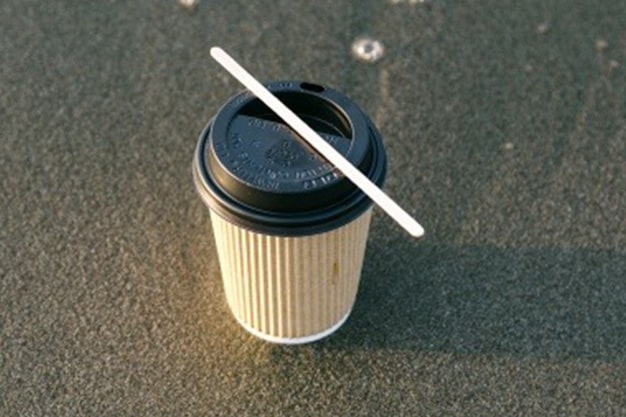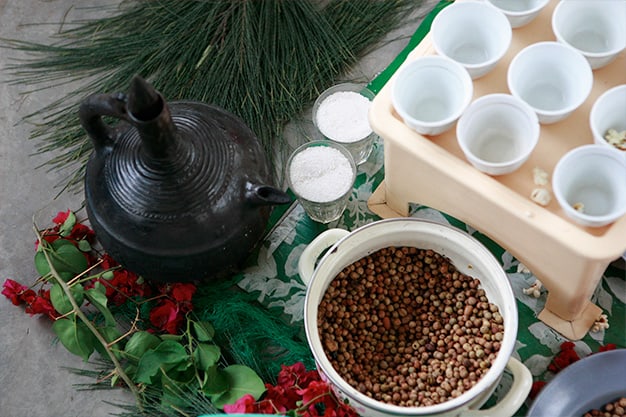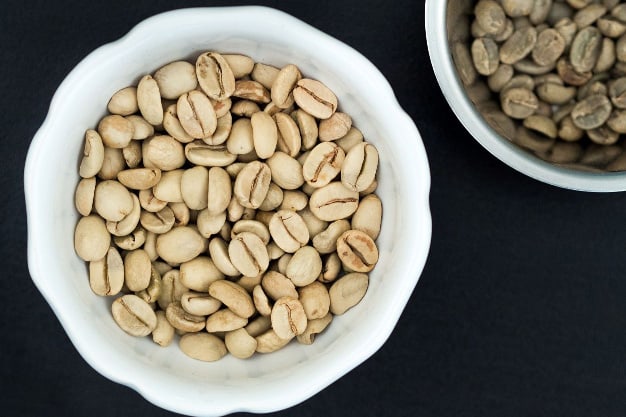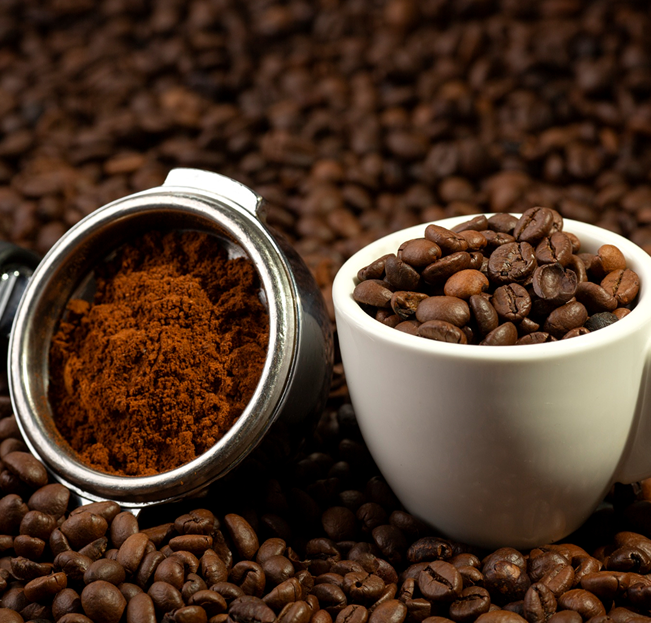


It seems like everyone is talking about climate change these days, and for good reason: we have not been kind to our earth. For those of us who care about these important consequences, this means evaluating how our everyday habits affect our world. Many of our customers at Lavanta Coffee Roasters in NJ have asked how coffee choices affects climate, even wondering things like “am I increasing my carbon footprint by drinking coffee from exotic places?” Fortunately, you can make good choices with your coffee to offset this. Read on to find out how!
Choose to Reuse—Cups, that is
The biggest polluter that your coffee habit has is most likely your cup, especially if you consume most of your coffee away from home! Whether your cup is unquestionably made of plastic or foam, or if it tries to be “paper” (most “paper” cups are coated with plastic to make them waterproof), single-use disposables are not earth-friendly. Instead, commit to an attractive mug or travel flask and brew your own coffee at home with fresh coffee beans ordered from Lavanta. We offer custom selected and custom roasted coffees from over 40 different origins and an additional 15 blends which are only roasted upon order.
Sources Matter
Coffee does take a toll on the climate no matter how you consume it—in large part, because it cannot be grown locally for most of the world. It must come from hot climates near the equator, and transporting it to Northern New Jersey or other cooler climates usually requires air travel. However, some sources are worse for the environment than others. Many commercial farmers seek to maximize their crops by exposing the coffee plants to as much sunlight as possible—by cutting down the surrounding trees. This is part of the huge toll that has been taken on our rainforests! Instead, seek out Rainforest Alliance coffees, like the Rainforest Alliance Certified green coffee beans you can buy at Lavanta Coffee, and feel better knowing that these growers are committed to natural, greener grows.
Try Cold Brew
While only contributing in a small way to climate change, the act of heating water for coffee does use more energy. Try cold brew coffee for a unique flavor twist and a reduction of your carbon footprint! If you roast your own coffee, this is a great way to experiment with the best roast and grind profiles that work for cold brewing. You can buy green coffee beans online and roast them yourself, or buy roasted coffee directly from Lavanta, the best coffee roasters in NJ.
While most research shows that individual actions are not enough to stop the path of climate change, we firmly believe that every little bit counts. Next time you’re ready for a hot cup of coffee, consider these great tips to reduce your “coffee footprint.”





Our curated collection of coffees is crafted for discerning tastes — but choosing the ideal match can still be a journey. Click “Need help finding the perfect coffee?” to receive personalized recommendations from our team. Whether you seek bold intensity or a delicate balance, we’re here to guide you to your perfect brew.

Ingredients
For the Sauce
Directions
Optional
For a thicker sauce, transfer it to a pot and simmer on the stove for 10 minutes. Pour the thickened sauce over the shredded pork before serving.
Enjoy this tender, flavorful dish with your favorite sides or piled high on a sandwich bun! 🤤

Here’s how to whip it up:
Ingredients
Directions
✨ Pro tip: Sip by a window and watch the snow fall for maximum cozy vibes!
Whether you’re just getting started or refining your technique, this guide will walk you through making smooth, delicious cold brew coffee right in your kitchen.


Cold brew is not the same as iced coffee. Here’s the difference:

Basic equipment:
Optional:
Method 1: Mason Jar + Strainer
Method 2: French Press or Cold Brew Maker

Try infusing or enhancing your cold brew with:

Cold brew is not the same as iced coffee. Here’s the difference:

We’re brewing up something fresh, flavorful, and fabulous behind the scenes. Stay tuned—it’s launching soon!
Need coffee now? Email info@lavantacoffee.com or call (862) 881-4683. We’ve got you covered!